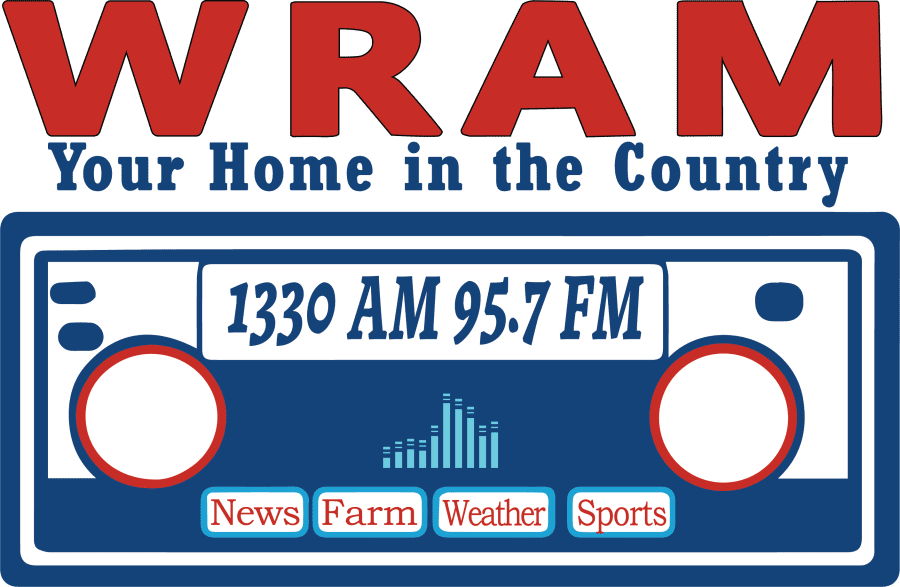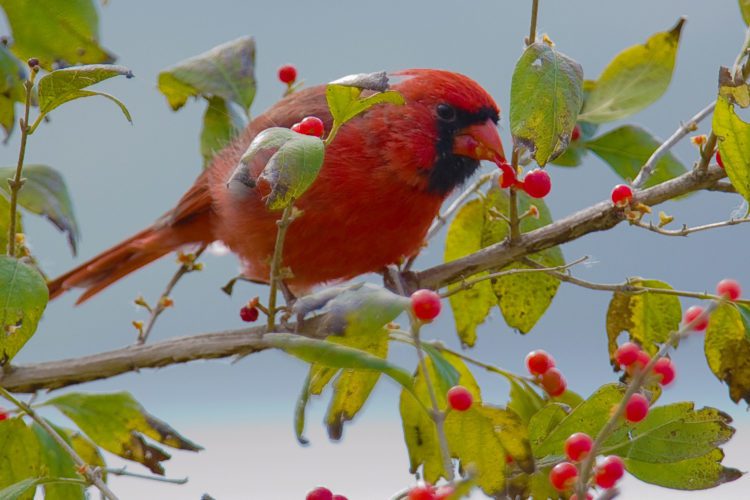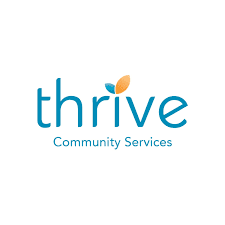Perhaps one of the most favored hobbies of gardeners, wildlife lovers, and outdoor enthusiasts is to feed the birds. Setting out a bird feeder with seed or suet cakes is a popular way many people use to feed the birds, but there are other methods we can employ. You can grow plants that produce seeds for birds to scavenge. Additionally, birds will acquire their protein by eating insects. Some birds like the blue jay will eat acorns from oaks. And there are birds, classified as frugivores, that will pluck berries growing on trees and shrubs for a meal.
To create an ecologically successful yard, it’s essential to consider the needs of animals, including consistent food sources, shelter, water, and space. Bird diets vary by species and lifecycle stage, and as stated previously, there are numerous ways to feed them in your backyard. This article focuses on frugivorous birds, which eat berries.
Most songbirds depend on insect protein as nestlings, but many adult birds forage on berries and seeds. Berries not only provide food for birds but also add ornamental value to landscapes. Incorporating berry-producing plants in your yard offers a dual benefit of aesthetics and bird food.
Birds consume berries year-round, but most shrubs and trees produce berries only once a year. To ensure a continuous supply of berries, plant a variety of berry-producing species. Here are some shrubs and trees that provide berries for birds and add color to your landscape throughout the year:
- Serviceberry (Amelanchier sp.): This small to medium-sized tree starts spring with white flowers that give way to dark purple to red berries. Both birds and humans enjoy these berries. Various species and cultivars are available at garden centers.
- Highbush Blueberry (Vaccinium corymbosum): Birds are a primary pest of this crop, enjoying blueberries as much as humans do. Blueberries have lovely spring flowers, familiar fruit, and red fall foliage. However, they require specific acidic soil conditions, which may not suit every home.
- American Elderberry (Sambucus nigra subspecies canadensis): This plant produces umbrella-like clusters of white flowers that turn into dark purple to nearly black fruit in summer. Birds quickly consume the fruit. Elderberries thrive in part to full sun and are known for their high antioxidant levels.
- White Fringetree (Chionanthus virginicus): Known for its delicate clusters of fragrant white flowers in late spring, this tree produces dark blue to black berries in late summer. The berries are edible for birds but not humans. White fringetree is dioecious, with separate male and female plants. Planting both ensures a beautiful flower display and fruit set.
- Holly (Ilex spp.): Various holly species provide bird-friendly fruits in fall and winter. Their tough, waxy fruits deter initial bird feeding, but many holly berries persist into winter, adding red pops to the landscape. Robins and cardinals often consume holly berries in mid-winter. Hollies are also dioecious.
It’s important to note that plants use their energy-rich fruits to spread their progeny. Be mindful of the types of berries you provide, as some, like bush honeysuckle, can be invasive.
Incorporating berry-producing shrubs and trees in your yard adds beauty and supports the local ecosystem. It also offers a delightful way to observe and enjoy the diverse birds that visit your garden.
Good Growing Tip of the Week: Poison ivy (Toxicodendron radicans) is another berry-producing plant enjoyed by birds. This is why poison ivy often sprouts in areas where birds perch and deposit the seeds.
***Courtesy of the University of Illinois Extension***
















